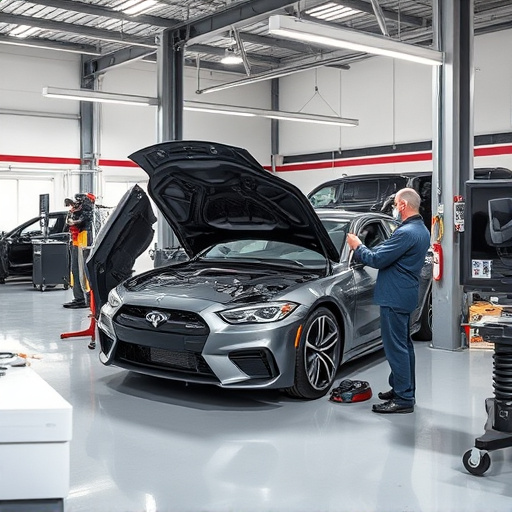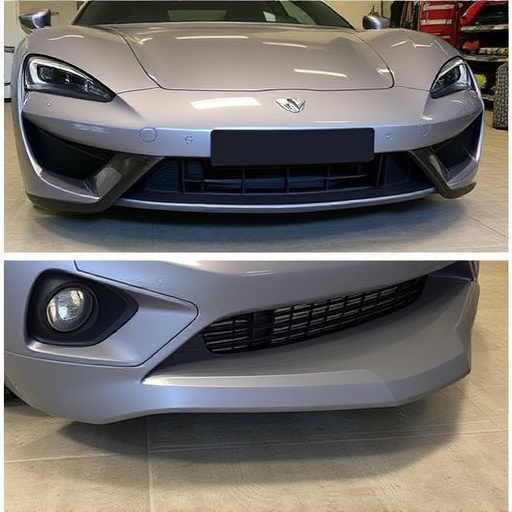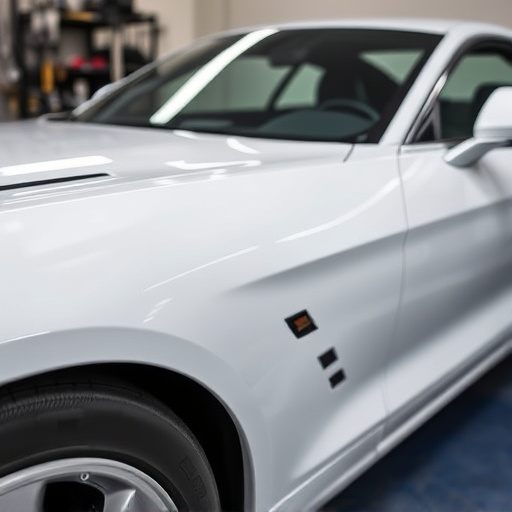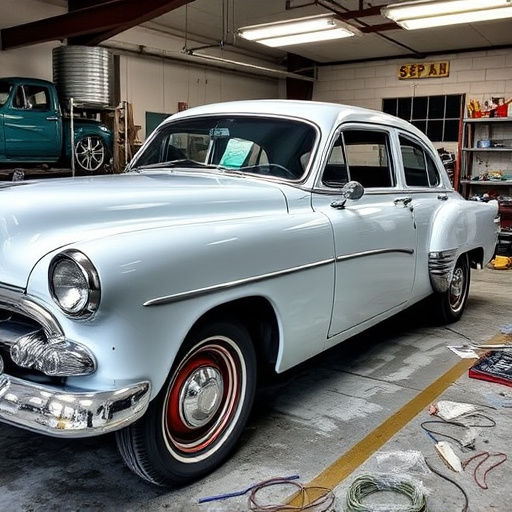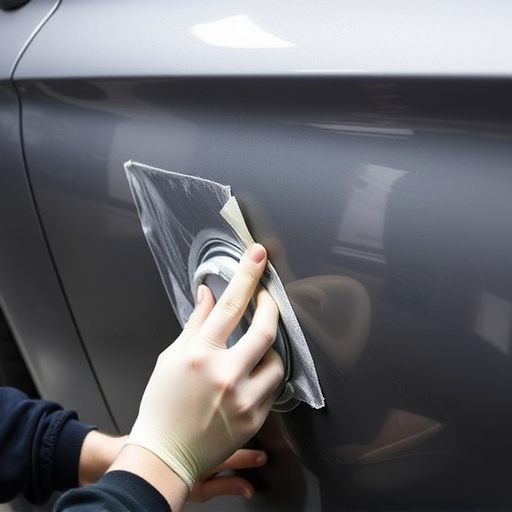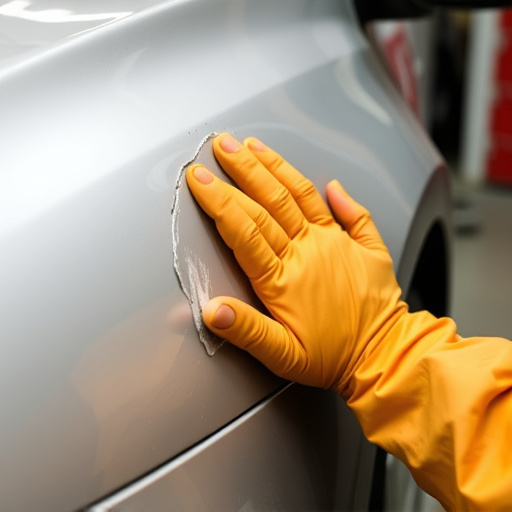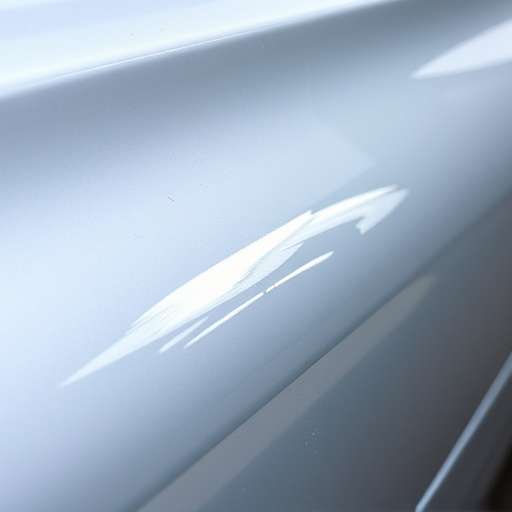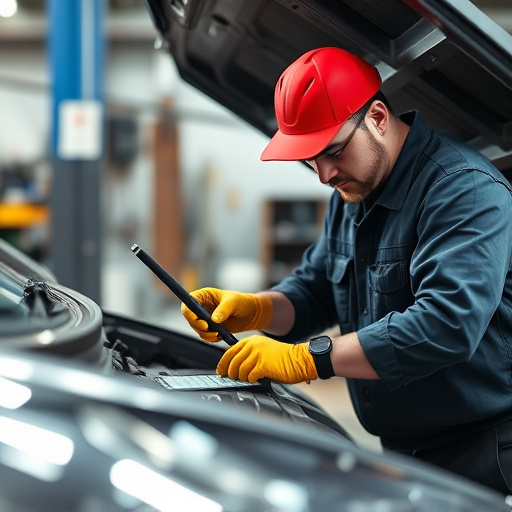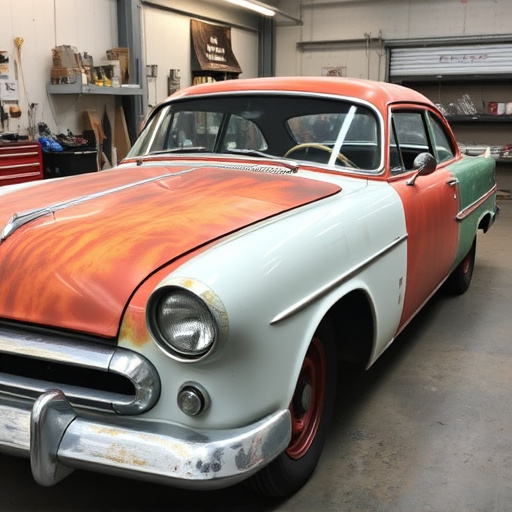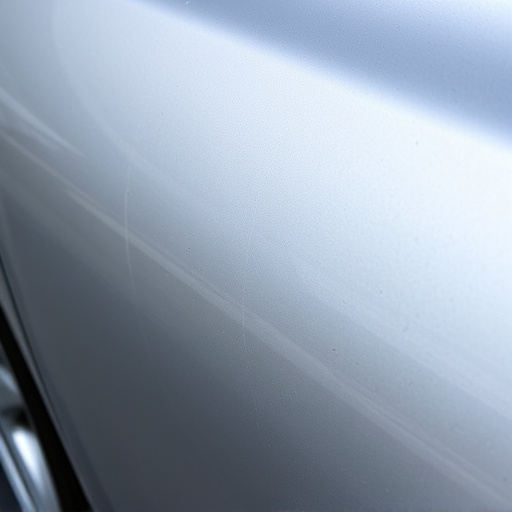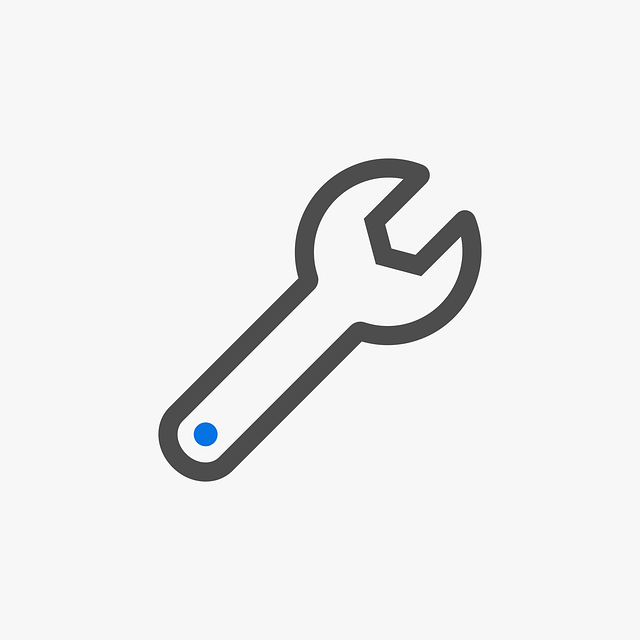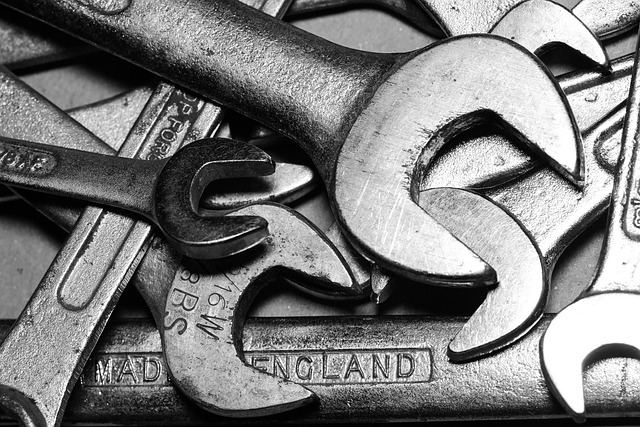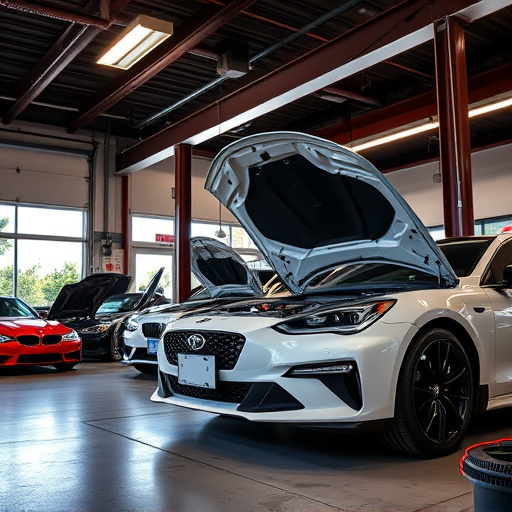Auto body shop insurance policies protect businesses from financial risks, including property damage liability for vehicle repairs, business income protection against lost revenue, and employee liability coverage for on-the-job injuries. Effective claims handling and minimal losses can lead to lower auto body shop insurance rates, helping shops optimize coverage while managing costs in a competitive market.
In the dynamic landscape of automotive repair, understanding your auto body shop insurance is paramount. This guide delves into the essential components shaping these policies, elucidating different liability coverage types. From collision damage to accidental mishaps, knowing your protections is pivotal. Furthermore, we navigate claims processes and their influence on insurance rates, providing insights crucial for informed decision-making in the ever-evolving world of auto body shop insurance.
- Key Components of Auto Body Shop Insurance Policies
- Different Types of Liability Coverage Explained
- Navigating Claims and Their Impact on Insurance Rates
Key Components of Auto Body Shop Insurance Policies
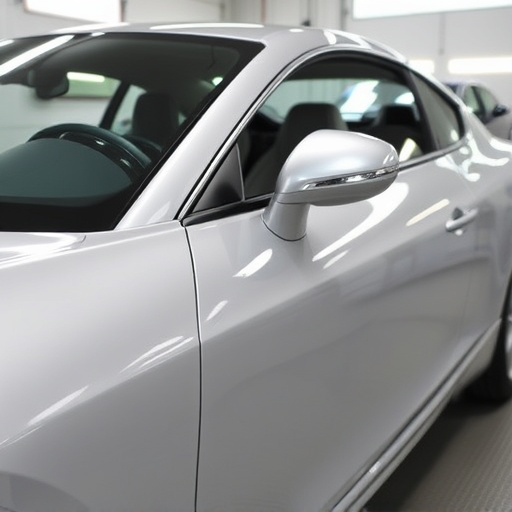
Auto body shop insurance policies are designed to protect businesses providing automotive repair services, including frame straightening and car body shop repairs, from potential financial risks and liabilities. These policies typically include several key components that offer comprehensive coverage. One of the primary aspects is property damage liability, which shields the shop against claims for damages to customers’ vehicles during the repair process. This coverage ensures that if a client’s car undergoes frame straightening or other body work and suffers subsequent damage, the insurance provider will cover the associated costs.
Additionally, these policies often feature business income protection, safeguarding the auto body shop against lost revenue due to unforeseen events or accidents. This can include situations where a customer’s vehicle is damaged beyond repair, necessitating substantial adjustments to operational plans and financial forecasts. Other essential elements may comprise employee liability coverage, protecting the shop from claims arising from injuries sustained by workers during their duties, including frame straightening tasks. Such comprehensive auto body shop insurance ensures that businesses can continue providing quality services without the constant burden of potential financial pitfalls.
Different Types of Liability Coverage Explained

Liability coverage is a critical component of any auto body shop insurance plan, as it protects businesses from potential financial losses related to accidents and damage caused by their operations. There are generally two main types of liability coverage relevant to auto body shops: property damage liability and personal injury liability.
Property damage liability insures the auto body shop against claims arising from damage to another person’s vehicle during the repair process, such as a vehicle collision repair or car body repair. This includes compensation for the cost of repairs, replacement parts, and any legal fees incurred by the insured party. Personal injury liability, on the other hand, covers medical expenses and other damages if a customer or employee is injured on the premises, like during a vehicle dent repair session. Understanding these different types of coverage ensures that auto body shops can effectively manage risks associated with their day-to-day operations and provide comprehensive protection for their business and customers.
Navigating Claims and Their Impact on Insurance Rates
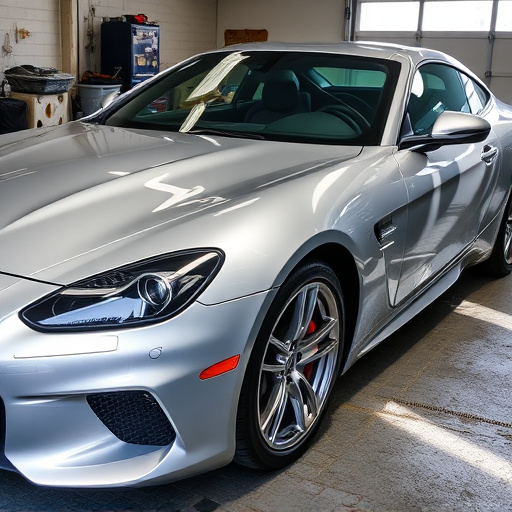
Navigating claims is a critical aspect of auto body shop insurance, as it directly impacts business operations and financial stability. When a client brings their vehicle for car damage repair or classic car restoration, the process involves assessing the extent of the damage, estimating repair costs, and ensuring quality work. Effective claim management requires shops to document every step meticulously, from initial assessment to final inspection, to protect against potential disputes.
Insurance rates are dynamically linked to claims history. A higher frequency or severity of claims can lead to increased premiums for auto body shop insurance. Shops with a proven track record of successful claim handling and minimal financial losses may find more favorable rates. Understanding this relationship is crucial for businesses aiming to optimize their insurance coverage while managing operational costs, especially in the competitive landscape of car body restoration services.
Understanding the liability aspects of auto body shop insurance is crucial for ensuring smooth operations and financial protection. By grasping the key components, different types of coverage, and navigating claims effectively, business owners can make informed decisions when choosing their auto body shop insurance plans. This knowledge empowers them to safeguard their investments and maintain a competitive edge in today’s market, emphasizing the importance of comprehensive insurance coverage for auto body shops.
